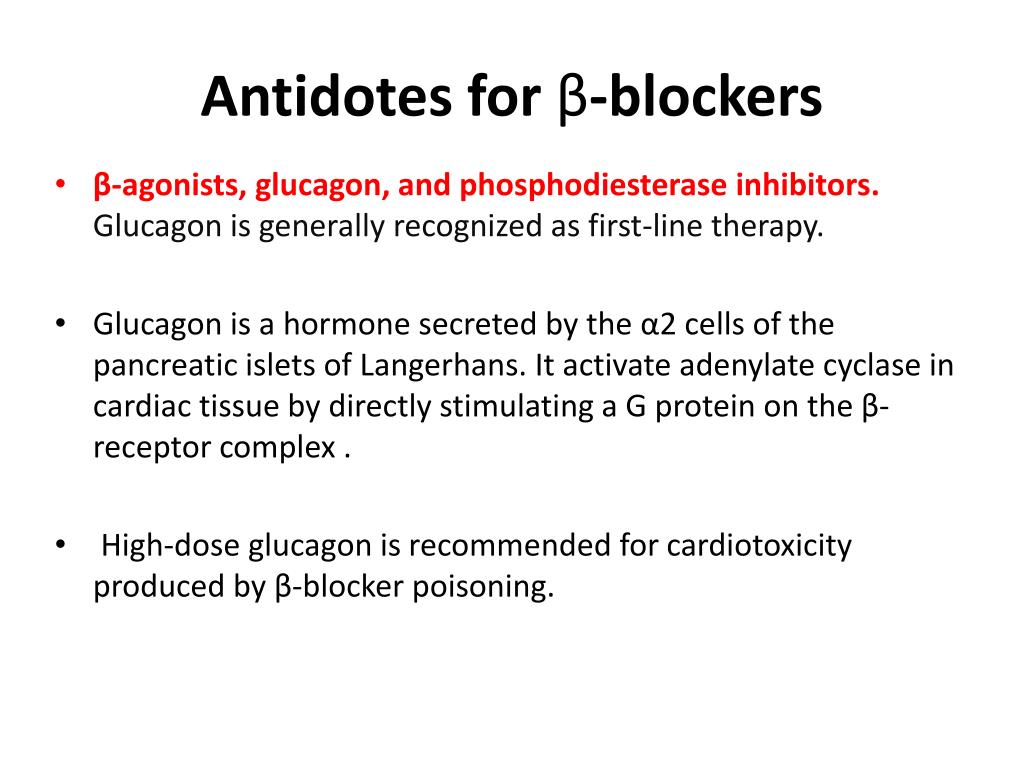

This is a vital factor in the generation of sinoatrial node rate by activating an inward Na +–Ca 2+ exchange current that accelerates firing of the pacemaker. Likewise, cAMP also regulates the spontaneous, rhythmic sarcoplasmic reticulum Ca 2+ release, via ryanodine receptors. Elevation in cAMP facilitates its binding to and activation of cyclic nucleotide gated channels, leading to an inward current carried by Na + and K + ions (funny current), which is considered the most important determinant of cardiac automaticity. Indeed, the chronotropic effect of glucagon is a consequence of the increase in cAMP levels in the sinoatrial node, which is the primary pacemaker of the heart, and the determinant of cardiac automaticity and generation of the heart beat. Thus, the combination of enhanced cAMP production and the reduction in cAMP hydrolysis leads to an increase in myocardial cAMP levels that is responsible for the cardiac actions of glucagon. Glucagon also seems to inhibit the activity of cyclic nucleotide phosphodiesterase enzymes, which breakdown cAMP into its product 5′AMP. The mechanism responsible for these effects is the stimulation of glucagon receptors associated with Gs protein, stimulation which causes adenylyl cyclase activation and the consequent increase in 3′,5′-cyclic adenosine monophosphate (cAMP) production in the myocardium. In addition to its metabolic effects, glucagon is considered to be a cardiostimulant agent that increases heart rate and contractility. In addition, propranolol (Inderal) is not cardioselective and blocks both beta-1 and beta-2 receptors.Glucagon is a polypeptide hormone produced and secreted by the alpha cells of the pancreatic islets of Langerhans it increases glucose production and counteracts the effect of insulin in maintaining normoglycaemia in the fasting state. Answer E is incorrect because cardioselective beta blockers target Beta-1 receptors found in cardiac muscle whereas Beta-2 receptors are primarily located in the lungs. Metoprolol succinate (Toprol XL) and metoprolol tartrate (Lopressor) are both metabolized via CYP 2D6, making answer D correct as poor metabolizers may allow accumulation leading to toxicity.

It is important to counsel patients with diabetes who take beta blockers that these symptoms of hypoglycemia may be masked, but sweating is not masked by beta blockers. Answer C is correct because beta blockers can mask tachycardia during a hypoglycemic episode. If used for HFrEF, the only three beta blockers recommended are metoprolol succinate (Toprol XL), bisoprolol (Ziac) and carvediol (Coreg).

Beta blockers are considered a part of first-line treatment for patients with ischemic heart disease, such as our patient who has had a previous myocardial infarction, and in patients with heart failure with reduced ejection fraction (HFrEF). Answer B is incorrect because beta blockers are not first line treatment for uncomplicated hypertension due to worse outcomes compared to other first-line agents (increased risk of stroke). It is important to also note that during beta blocker toxicity, many other drugs are also used as part of treatment such as fluids to manage hypotension and even sometimes glucagon (Gvoke) which is considered an antidote for beta blocker toxicity. What instead would potentially be used is atropine (AtroPen), an anticholinergic agent that increases cardiac output and treats bradycardia. Answer A is incorrect because adenosine (Adenocard/Adenoscan) is a Class IV antiarrhythmic used for paroxysmal supraventricular tachycardia (PSVT) and would lower the patient's heart rate even further.


 0 kommentar(er)
0 kommentar(er)
